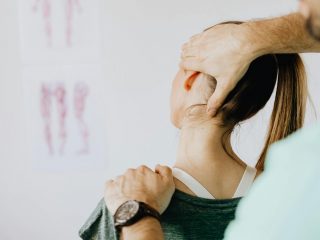Not all patients who depend on CPAP machines have the same needs. In fact, the choice of the best mask for one’s comfort and quality of rest is deeply personal. That’s why there are so many designs. Patients with beards and facial hair have an additional layer of considerations beyond simple comfort as well, since there is a chance of interference that affects the CPAP system’s function.
What CPAP Mask Problems Do Bearded People Have?
Many people with beards report air leakage from around the base of the mask because of a lack of conformity with the contours of the user’s face. This is caused by the layer of beard between mask and skin. There are a few ways to prevent the issue from occurring.
-
Find a full face sleep apnea mask that totally covers the beard, which is often the top choice for goatees and other trim styles
- Choose a nasal mask where the contact is only with the area around the nose where there is no facial hair
-
Get a hybrid mask with headgear that is designed with bearded people in mind
Best CPAP Masks for Beards
Most beard users report success with one variant or another of a full face mask that has headgear designed to support a secure fit. They are available in a number of designs, and the key to finding the one that will work best with your beard is similar to that of honing in on the best mask when you do not have one.
-
Look for headgear that provides a secure fit with full coverage, but without any pressure in places where you might feel irritation or discomfort
-
Choose the shape of the mask and headgear to complement your beard, providing extra support in the places air leaks are most likely
-
Take time to fine-tune your fit so it feels as natural as possible once you unbox your choice of mask
-
Check out your sleep apnea machine settings to be sure you have the right airflow and humidity settings, as well as a properly maintained and functioning unit
That last tip seems obvious, but some machines that have sophisticated controls and settings wind up being the issue. They are great once you have totally mastered their different features, but the learning curve sometimes leads to mistaking something like a low airflow setting for an actual mask leak. It pays to check out every avenue when dialing in your CPAP machine and mask combo.
Is It Time for a New Approach?
Sometimes, even with all your bases covered in terms of mask fit and machine settings, the CPAP machine just does not seem to do the trick. It might be because you need to try a BIPAP machine instead. The main difference between a CPAP vs BIPAP machine is the way air pressure is applied: CPAP machines provide only inhalation pressure, but a BIPAP has separate inhale and exhale cycle pressures. That might be what you need to ensure an even, rhythmic breathing pattern all night if you have already found the mask that fits your beard best and you are still having air flow issues.


















